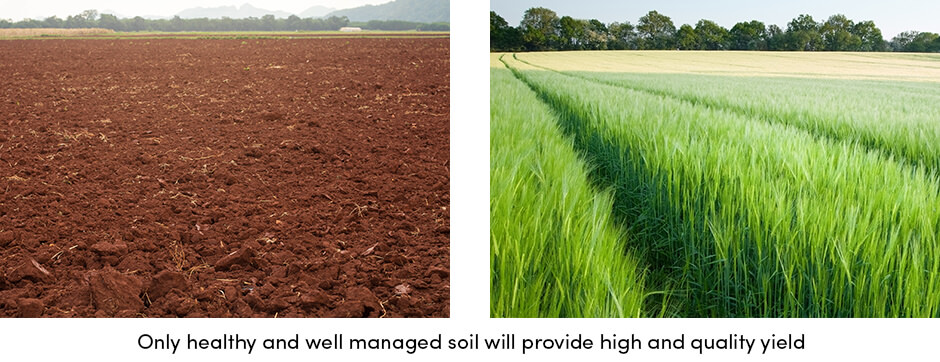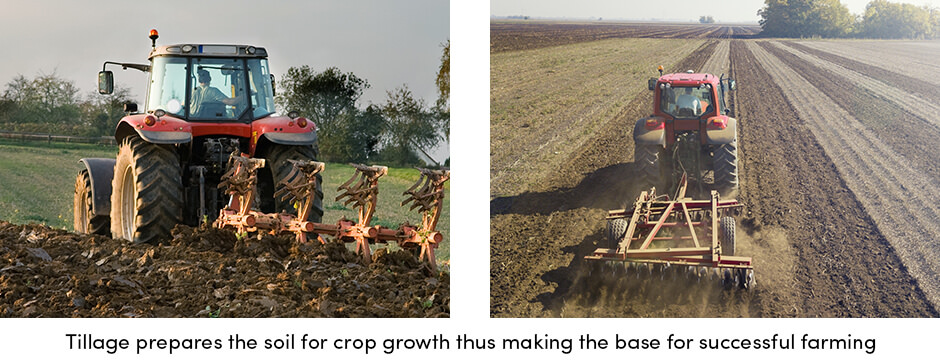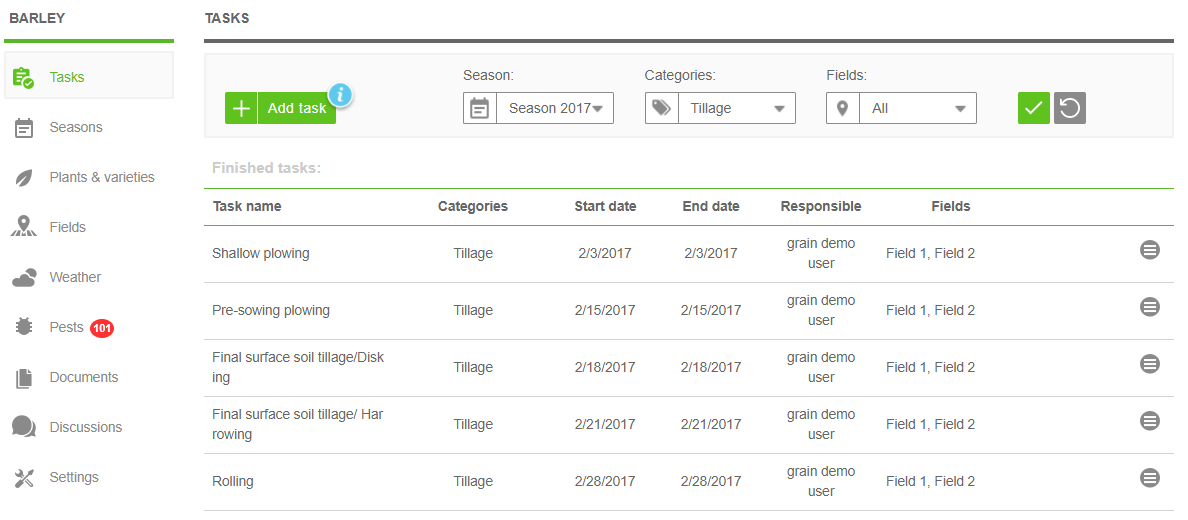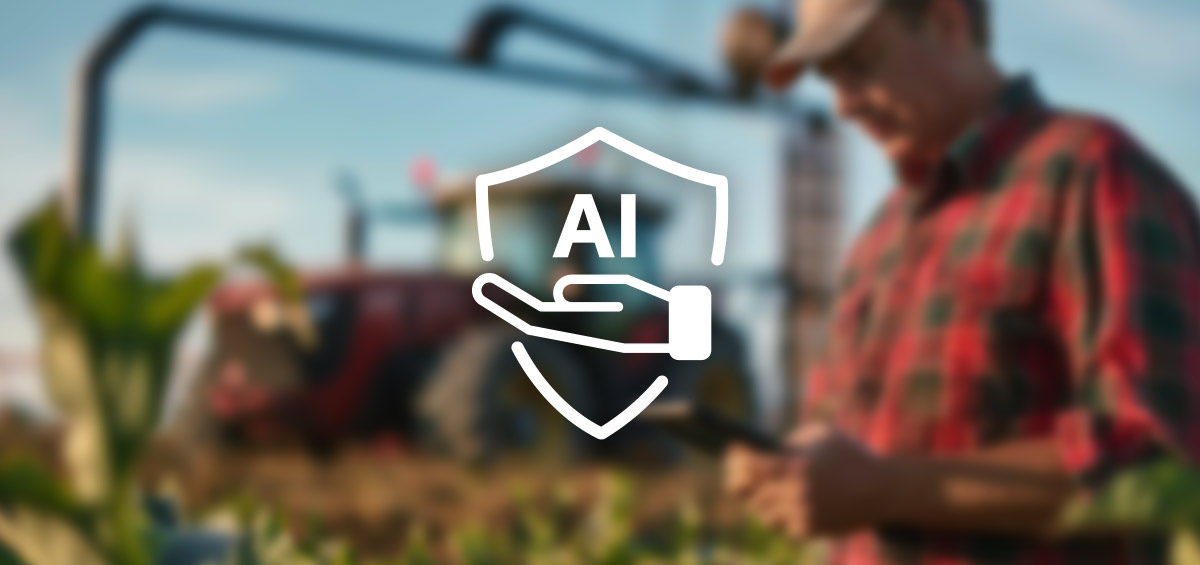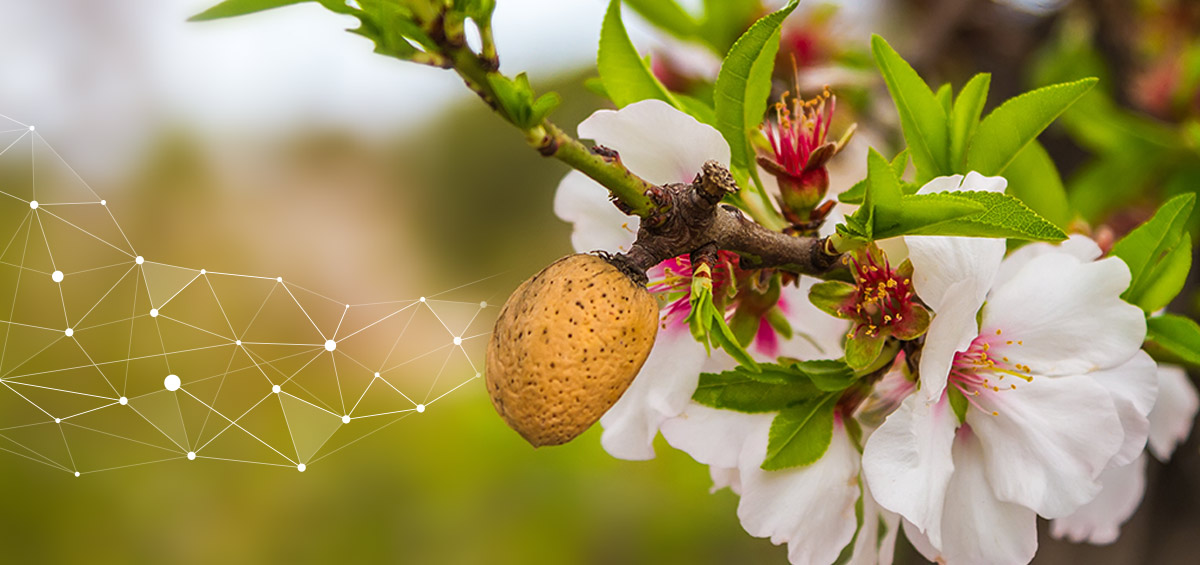Soil tillage is the first and most important activity in every crop production
The Effect of Soil Tillage on Yield
In the process of preparing the soil for growing crops, soil tillage is the first and most important activity. It directly affects the final yield and that’s why it needs to be carried out properly.
During the crop production process, farmers perform several types of soil tillage. These are as follows:
- Undermining or mole drainage—a poorly used tillage practice; mainly to solve standing water and soil porosity problem
- Plowing—classified into very shallow, shallow and pre-sowing plowing, this practice is the base of soil tillage; it improves soil microbiological activity, destroys already emerged weeds and prevents losses of moisture from the soil by evaporation
- Disking—plays a huge role in preparing the soil for sowing; disking breaks up clods and surface crust, thereby improving soil granulation and surface uniformity
- Harrowing—creates a crumbly layer for planting thus protecting the soil surface from rapid drying and enhancing plant nutrient availability
- Rolling—the final soil tillage practice to create smooth and firm seedbed and press the seeds into the soil for faster germination
Not all tillage practices are included in one crop production cycle. They differ on the type of crop production and crop itself, as well as on the phase of the crop cycle. In other words, prior crop sowing, a farmer will perform heavy tillage practices in order to loosen the soil and prepare it for crop growth. While, after the crop germination or during its growth, lighter tillage practices will provide better soil performance and therefore faster crop growth.
Still, that doesn’t mean that all farm practices need to be performed during a single crop production cycle. A farmer decides which tillage practices to include in his farming and that way determines his own path to success.
Organization of all farm activities is the key to successful farming
Organization Is Half the Work Done
Farming is a complex business made of many single activities. For that reason, to be successful, a farmer needs to be organized as well. What does that mean? A farmer has to plan and track all his farm activities, from soil preparation for sowing until the crop harvest.
Simple as that, since soil tillage is the first and most important farm activity, its tracking is the base for successful farming. The best way to achieve that is by making a soil tillage plan in Agrivi farm management software.
However, making a plan is slightly different for “new” farmers that are just involved in farming and “old” farmers, also called masters.
A farmer who is just starting a farm business is not familiar with all farm activities, and that includes soil tillage. First of all, he even doesn’t know which tillage practices to include in his production. Based on that, using Agrivi software, he will get a set of all related activities. By performing them, he will realize which practices suit him best and therefore create his own set of tillage practices.
Also, by tracking every activity, a farmer will get an insight into the real costs per field and crop, as well as financial health of his crop production.
New farmers use predefined tillage practices in AGRIVI farm management software to create their own set of practices
On the other side, farmers who practice crop production for years, already have a set of tillage practices which they perform regularly during each farm season. Therefore, they don’t even need to make a plan. However, they still need to have a clear insight into their farm costs per field and crop. By registering all activities into Agrivi, farmers are able to see the exact usage of their machinery, fuel, work hours and finally the cost.
Tracking of tillage practices in AGRIVI farm management software allows farmers an insight into farm costs per field and crop
Tracking all farm activities in AGRIVI software gives a farmer a clear insight into the financial health of his crop production
We can conclude that organization and tracking of tillage activities in AGRIVI software facilitate crop production management and planning the next season. Surely, that approach can be applied to all the remaining farm activities.

